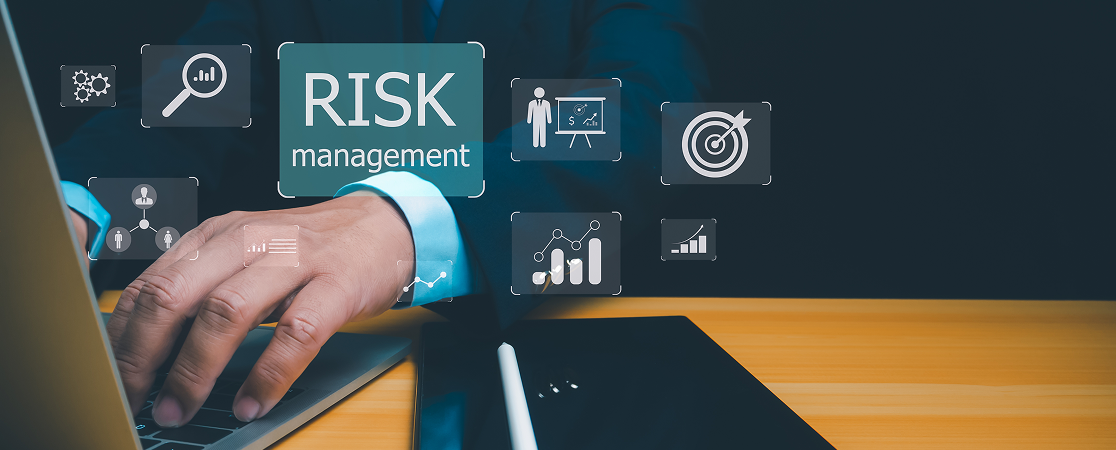SAP Risk Management is a powerful tool designed to help organizations manage and mitigate risks across their enterprise. This course will provide participants with a comprehensive understanding of SAP Risk Management, focusing on its key features, functionalities, and best practices for effective implementation and management. By the end of the course, participants will be equipped with the knowledge and skills needed to enhance their organization's risk management processes and ensure compliance with regulatory requirements.

Key Learning Objectives
By the end of this course, participants will be able to:
- Understand the core concepts and importance of SAP Risk Management.
- Describe the system architecture and setup of SAP Risk Management.
- Identify and manage risks using risk assessment and mitigation strategies.
- Configure and manage risk control activities.
- Design and maintain effective risk management processes.
- Implement and monitor risk monitoring and reporting mechanisms.
- Utilize the Business Rule Framework (BRFplus) for defining and managing business rules.
- Generate and analyze risk reports for continuous compliance monitoring.
- Customize and integrate SAP Risk Management with other SAP solutions.
- Apply best practices and learn from real-world case studies for successful implementation.
